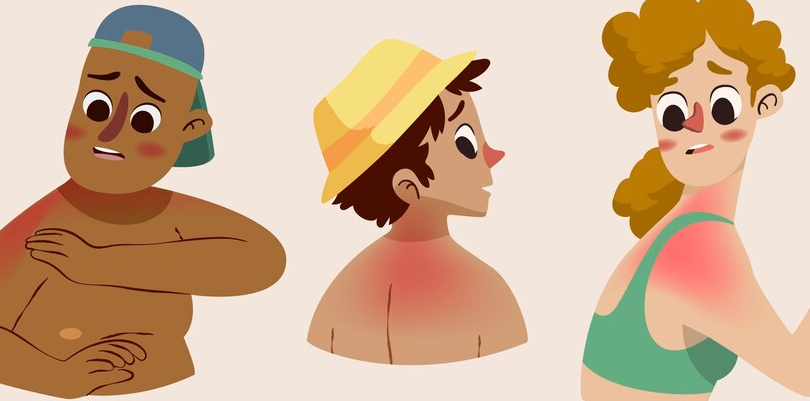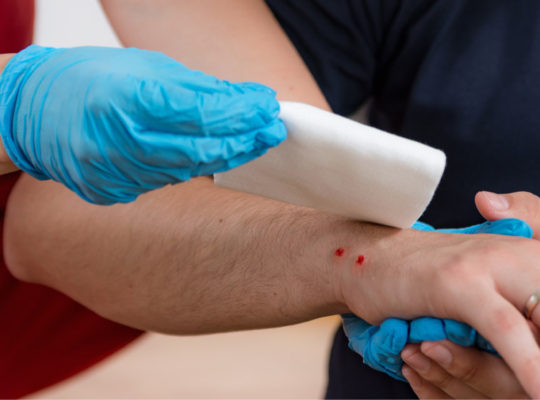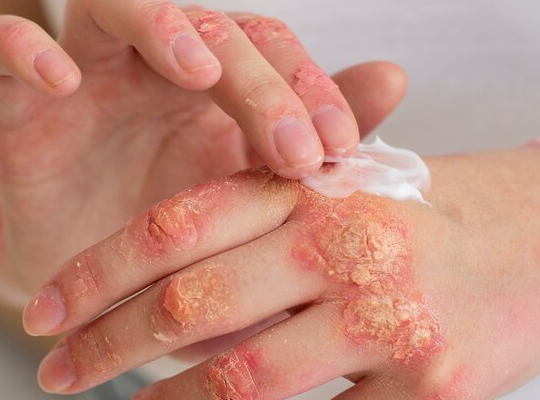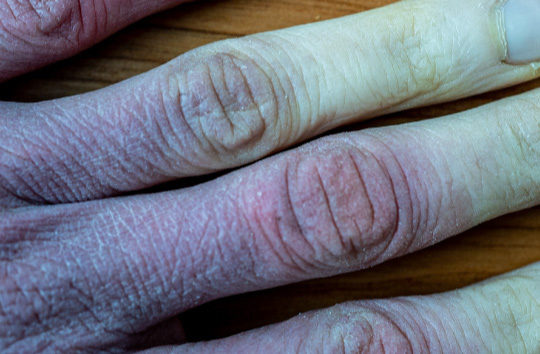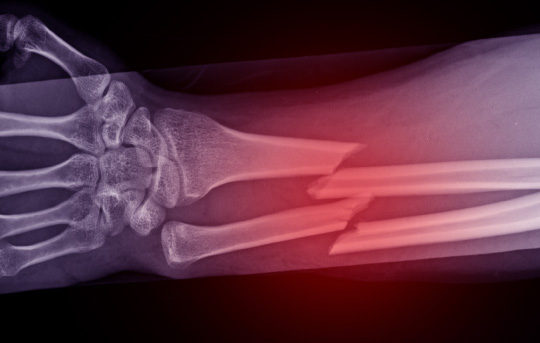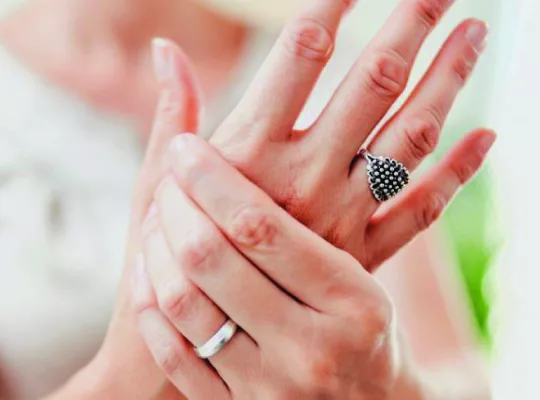Burn blisters are a typical result of second-degree burns, characterized by fluid-filled pockets on the skin. These blisters can last from a few days to several weeks, depending on various factors. Understanding the elements influencing their healing time is crucial for effective treatment and recovery.
The duration of burn blisters is primarily influenced by the severity of the burn, the risk of infection, and individual health conditions. More severe burns penetrate deeper into the skin and require more prolonged healing than superficial ones. Infections can complicate the healing process and prolong the presence of blisters, increasing discomfort and requiring time to recover.
Additionally, factors such as the size and location of the blister and the individual’s overall health can play significant roles in determining how long burn do blisters last. Proper care and attention are essential for minimizing complications and ensuring optimal healing. This includes cooling the burn, keeping the area clean, and applying appropriate treatments. Understanding these aspects can help manage burn blisters effectively and promote faster recovery.
What are Burn Blisters?
A burn blister is a fluid-filled bubble that develops beneath the skin to shield a damaged region. Like plasma, the transparent portion of blood, the fluid within the blister, called serum, contains proteins and other materials that help the wound heal. This natural reaction helps protect the damaged tissue and establishes the ideal conditions for skin healing.
Burn blisters are not the same as blisters brought on by rashes, squeezed skin, or continuous friction. They develop in response to burns caused by heat sources, chemicals, frostbite, or sun exposure. This difference highlights the body’s instant defensive reaction to such traumas.
Second-degree burns impact both the dermis and the epidermis and often cause blisters. Many things can be the reason behind them, including exposure to fires, hot liquids, chemicals, low temperatures, or severe sunburns.
Recognizing and comprehending burn blisters is essential to providing the proper care and facilitating efficient recovery. It can mean the difference between being in pain for weeks or having mild discomfort for a few days.
Types of Burns
Superficial Burns
Burns that are superficial or first-degree damage only the skin’s outermost layer, the epidermis. Usually pink to crimson in hue, these burns are dry and do not blister. Although they can be rather painful, they usually go away in 5-10 days without leaving scars. Superficial burns are less severe than other kinds due to their rapid healing and absence of blistering.
Partial-Thickness Burns
Partial-thickness and second-degree burns are categorized based on depth.
- Superficial partial-thickness burns affect the outer layer of the dermis. They often come with blisters that might still be whole at first. When these blisters are gone, the skin underneath turns red or pink and can be pressed to show a lighter color. These burns hurt but usually go away in two to three weeks without much scarring.
- Deep partial-thickness burns go deeper into the skin, reaching the reticular dermis. Like superficial burns, they might also have intact blisters. After cleaning, the wound looks spotted and reacts slowly when touched. Patients feel little pain unless pressed firmly. These burns take longer to heal and always result in scars, even without surgery.
Full-Thickness Burns
The most serious burn is a full-thickness or third-degree burn. It profoundly affects both skin layers and underlying tissue. Due to compromised blood flow, the skin becomes tough, dry, and unresponsive to touch. Nerves are damaged, resulting in no sensation or pain. Healing takes over eight weeks and often requires surgery to aid recovery and prevent complications. Treatment focuses on restoring skin function and minimizing long-term effects.
How to Treat Burn Blisters
Home Treatment
Minor burn blisters, such as first-degree or mild second-degree burns, can be managed at home. To prevent infection, gently wash the blistered area with plain soap and water. Then, use petroleum-based ointment to moisten the area and aid healing. After that, loosely cover the blister with a sterile, non-stick gauze bandage to protect it.
Keeping the area clean and covered is essential to help it heal. Over-the-counter pain relievers can help with any discomfort or swelling. You can also use moleskin for blister recovery. Keep an eye on the blister for signs of infection, such as increased pain or swelling, which may require medical attention.
When to See a Doctor
Seek immediate medical help for severe second-degree burns, and go to the hospital immediately if you see large blisters or third-degree burns. While minor burns can be treated at home with a Burn Care Kit, severe burns require professional medical attention to prevent complications. If the blisters cover an area larger than 2 inches, occur on sensitive areas like the face or genitals, or lead to increased pain, swelling, fever, or difficulty breathing, you should go to the emergency room immediately.
Also, watch for signs of infection, like drainage or increased pain. Infants, elderly individuals, or those with burns covering a significant area should also see a doctor promptly. Healthcare providers can provide specialized care, including wound cleaning and managing pain, to aid healing and prevent complications.
Summary
Burn blisters are often associated with second-degree burns. They can take varying amounts of time to heal, influenced by factors like burn severity and individual health. Proper care is crucial for faster recovery. This includes keeping the burn clean and applying suitable treatments.
Burn blisters form a natural response to burns caused by heat, chemicals, or other factors, and it’s important to distinguish them from blisters caused by friction or rashes.
Different burns exist, from superficial to full-thickness, each with its own healing process. Superficial burns usually heal within a week or two without scarring, while deeper burns may take longer and may result in scarring.
Home treatment for minor burn blisters involves gentle cleaning, applying ointment, and covering with a bandage. Severe burns or signs of infection need immediate medical attention to prevent complications and ease healing.
Seeking prompt medical care for severe burns or signs of infection is crucial to prevent complications and promote healing. To ensure optimal recovery, healthcare professionals can provide specialized care, including wound management and pain relief.

